Up and down the Kennebec Valley: Two Augusta women poets
by Mary Grow
As mentioned last week, the list of writers in Henry Kingsbury’s Kennebec County history includes many from Augusta, Hallowell and Gardiner. Among them were two Augusta women listed as poets, Emma Nason (born Emma Caroline Huntington) and Olive Eliza Dana.
* * * * * *
Emma Caroline Huntington Nason (Aug. 6, 1845 – Jan. 11, 1921) was much more than a poet, according to a Wikipedia article and other sources. She began writing poems when she was 12, and also wrote and had published short stories; stories, non-fiction and poems for children; “household articles”; historical works on a wide variety of topics, including Maine; and translations of German works.
In addition to her literary skills, Wikipedia says she composed music and was an artist in oils and charcoal.
Nason was the daughter of Samuel W. Huntington and Sally (Mayo) Huntington. Born in Hallowell, she was educated at Hallowell Academy, where she excelled “in mathematics and the languages.”
From the academy she went to the Maine Wesleyan Seminary in Kents Hill, graduating in 1865. Wikipedia says this institution, which became Kents Hill School, was then the only place in New England where women could attend college.
Wikipedia says her first books were published under the pen name John G. Andrews. By 1874, she was ready to reveal herself: her poem titled The Tower ran in the May Atlantic Monthly under her own name.
This poem and others were collected and published in 1895 as The Tower with Legends and Lyrics. Nason dedicated the book to C.H.N., her husband.
The Tower is the first and among the longest poems in the book. The first stanza begins:
I am the tower of Belus – the tower of old am I!
Under the rifting lines of the gloaming’s tremulant sky,
Under the shifting signs of the ages circling by,
I stand in the might of the mighty – the tower of Belus, I!
Wikipedia writers equate the tower of Belus with the tower of Babel, and say it was built in Mesopotamia by order of King Nimrod, grandson of Noah. Other poems in Nason’s book are about the Trojan War, the city of Agra (now in India), the town of Pavia (in northern Italy), a painting in Berlin, an ancient battle.
Since no source mentions Nason traveling abroad, your writer assumes her knowledge of the ancient and modern worlds came from her reading.
Like Hannah Moore, quoted last week, Nash thought the month of June worthy of a poem. Hers begins:
The month of roses, forever fair,
Radiant, miracle-working June!
Laden with color and perfume rare,
Set with the song of birds atune!
Nason also praised July and August, and “wild, lavish goldenrod.”
Hallowell Bells is a five-stanza lament: Nason can hear the distant bells of Hallowell ringing, “Now soft, now loud, with a sad refrain,” and everyone knows the sound means “Tomorrow…’twill rain, ’twill rain!”
The last poem in the book is The Old Homestead. It praises the spacious, elm-shaded house on a hill that welcomes all comers; the successful farmer whose land is rich with clover, grain and apples; the view over one of Maine’s thousand lakes; and ends:
Let us drink, with lips that are loyal,
One toast: to the homes of Maine!
Nason’s poems for children were printed in St. Nicholas (a monthly started by Scribner’s in New York City in 1873 that lasted until 1940) and other children’s magazines. The poems were collected in White Sails, published in 1888 in Boston.
This book includes a poem called The Bravest Boy in Town, first published in the children’s magazine Wide Awake.
(Wide Awake was another monthly, started in Boston in 1875 by Daniel Lothrop, who had founded D. Lothrop Publishing. Lothrop’s intended audience, Wikipedia says, was children aged 10 to 18, and his goal was to make them “broad-minded, pure-hearted, and thoroughly wide awake.” The magazine merged with St. Nicholas in 1893.)
The Bravest Boy in Town is a story in verse from Civil War days. When Confederate General Jubal Early’s troops raid into Maryland, a Cumberland Valley widow with a 10-year-old son, Jamie Brown, treats a rude platoon leader courteously, inviting him to sit down to eat the food he demands:
“‘If thine enemy hunger, feed him!’
I obey, dear Christ,” she said.
A creeping blush, with its scarlet flush,
O’er the face of the soldier spread.
The soldier promises the raiders “shall trouble not you nor yours.” But his men steal the widow’s cow anyway.
It was then the fearless Jamie
Sprang up with flashing eyes,
And in spite of tears and his mother’s fears,
On the gray mare off he flies.
When Jamie catches up with the triumphant raiders and demands his mother’s cow back, the captain takes his side. The poem ends:
And a capital joke they thought it,
That a barefoot lad of ten
Should demand his due – and get it too –
In the face of forty men.
And the rollicking rebel raiders
Forgot themselves somehow,
And three cheers gave for the hero brave,
And three for the brindle cow.
He lived in the Cumberland Valley,
And his name “was” Jamie Brown;
But it changed that day, so the neighbors say,
To the Bravest Boy in Town.
Some of Nason’s non-fiction works include Old Colonial Houses in Maine Built Prior to 1776, published in 1908 by the Kennebec Journal Press, in Augusta; and Old Hallowell on the Kennebec, published in 1909 by Burleigh & Flynt, of Augusta. Wikipedia cited contributions to Maine literary clubs, including “papers on ‘The Folk-lore of Russia,’ ‘The Abenaki Indians,’ ‘The Early Balladists and Troubadours of France,’ and a course of lectures on the ‘Genius and Love-life of the German Poets.'”
The Find a Grave website says Nason’s husband was Charles Henry Nason (Nov. 25, 1845 – Feb. 1, 1918), of Hallowell. They married on May 23, 1870.
Charles Nason went into the clothing business with his father-in-law until 1880, when the older man retired and left his son-in-law to run what became a 6,000-square foot store. Kingsbury said it was “a compliment and an honor to Augusta, as well as to Mr. Nason, that by the concurrent opinion of constant travelers, her leading clothier has the finest establishment of its kind in Maine.”
The Nasons had one son, Arthur Huntington Nason (Feb. 3, 1877 – April 22, 1944), born in Augusta and died in Gardiner. He earned a doctorate and taught English at New York University.
Charles and Emma Nason, Arthur Nason and Arthur’s widow, New Jerseyite Edna Walton (Selover) Nason (Oct. 6, 1873 – Dec. 31, 1945), whom he married in 1916, are buried in Hallowell Village Cemetery, according to Find a Grave.
* * * * * *
Olive Eliza Dana, daughter of James Wolcott and Sarah W. (Savage) Dana, was born Dec. 24, 1859, in Augusta, and lived there her entire life. Plagued by ill health, she died Feb. 3, 1904, barely past her 44th birthday.
Dana, like Nason, is noted in Wikipedia articles and elsewhere as a multi-talented writer. Immediately after graduating from Augusta high school in 1877, she began writing for what the Wikipedia writer labelled “the press,” including a variety of newspapers and magazines.
One Maine outlet was the weekly Portland Transcript (1849-1910), described on line as of 1871 as “An independent family journal of literature, science, news, markets, &c.”
She also contributed to Good Housekeeping; the Boston-based Journal of Education (presumably the one founded in 1875 by the merger of similar journals in Maine, Massachusetts, Connecticut and Rhode Island); The Illustrated Christian Weekly, published in New York; and Cottage Hearth: A Magazine of Home Arts and Home Leisure, another Boston publication.
Dana’s works included poems, short stories and essays, many for young people. Her collected short stories were published as Under Friendly Eaves (1894). The 22 stories are prefaced by a poem by the author that begins:
Just a they came to me, I write them here, —
These homely tales of simply, friendly folk….
An on-line review in Representative Women of New England refers to the “natural and wholesome atmosphere,” and the “romantic and heroic spirit” in Dana’s portrayal of New England life. The writer comments that “The influence of her stories, imbued as they are with the spirit of cheery helpfulness, is enmobling [sic] and uplifting.”
Dana’s poem titled Autumn’s Promise was published on the front page of the Oct. 18, 1892, issue of the Journal of Education. The first stanza (of five) reads:
The wild-flowers cease their straying
By every moss-grown wall,
And, where the winds are playing,
The oak-leaves fade and fall.
The little herbs grow musty
With over-much of rain,
The clinging vines are rusty
Where dews too long have lain.
Dana quickly changes her rather somber mood, however, remembering that the wind is scattering seeds for next year and there is a rich harvest this year. Her final cheerful stanza reads:
So Autumn’s promise seemeth
A richer, gladder thing
Than that of which one dreameth
Among the blooms of spring.
A song of all the pleasures,
Of all the unborn years,
A rune of all their treasures
She crooneth in our ears.
In the Nov. 3, 1892, issue of the same publication, Dana had almost a full page for Thanksgiving Day [An Exercise]. She wrote a long poem about Thanksgiving, followed by a prose history of the holiday, followed by another poem. The first poem, called The Day, begins:
It comes when chilling wintry frosts
Across the fields are creeping,
When all the harvest days are past,
And all the flowers are sleeping;
When early sunsets light the skies,
And shadows early lengthen, —
But every true and tender tie
Its warmth shall round us strengthen.
The first stanza of the second poem, “Thanksgiving Cheer,” focuses on the positive, without the nostalgia. Dana wrote:
The time of all the happy year
Fullest of peace, of strength, of cheer;
The joyful ‘Harvest Home’ is here!
NOTE: Emma Huntington Nason has a considerable presence on-line. Researchers will be able to find book titles, including the four mentioned above that are available on amazon.com and elsewhere, texts of poems and other information.
Many of Olive Dana’s books are also available, including reprints of “Under Friendly Eaves” from numerous sources.
The University of Maine’s Raymond H. Fogler Library special collections holds the Olive E. Dana papers.
Main sources:
Kingsbury, Henry D., ed., Illustrated History of Kennebec County Maine 1625-1892 (1892)
Websites, miscellaneous
Responsible journalism is hard work!
It is also expensive!
If you enjoy reading The Town Line and the good news we bring you each week, would you consider a donation to help us continue the work we’re doing?
The Town Line is a 501(c)(3) nonprofit private foundation, and all donations are tax deductible under the Internal Revenue Service code.
To help, please visit our online donation page or mail a check payable to The Town Line, PO Box 89, South China, ME 04358. Your contribution is appreciated!


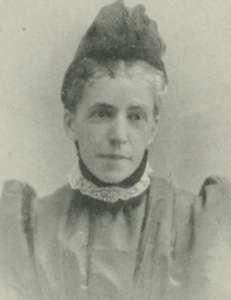
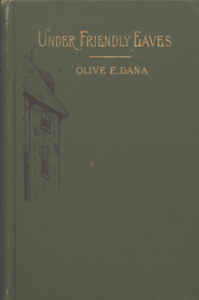
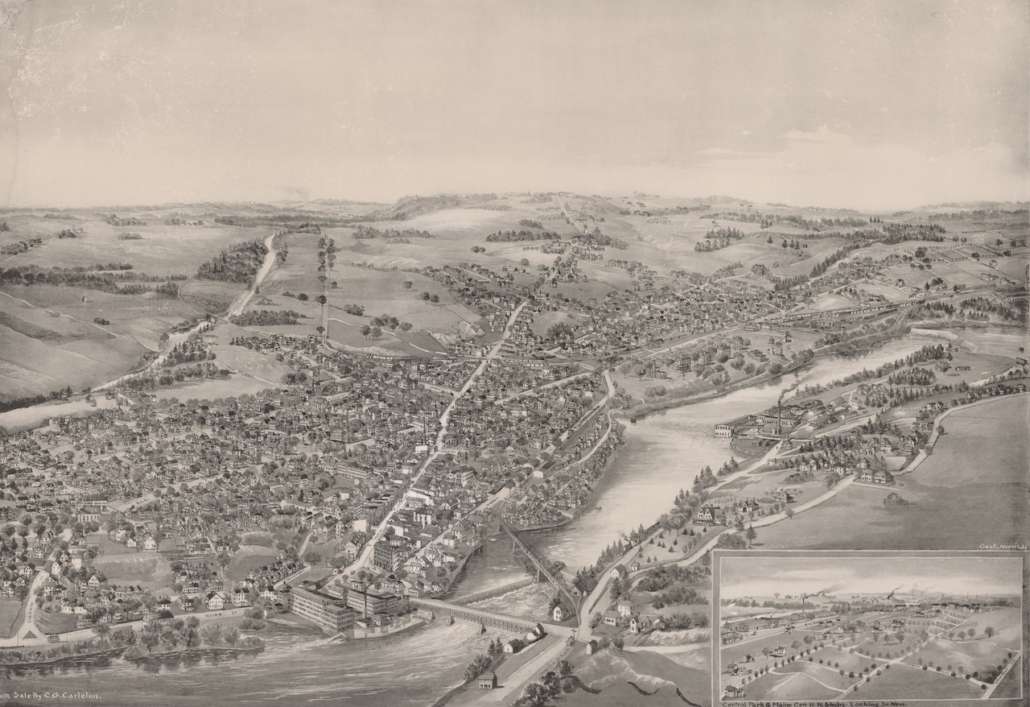
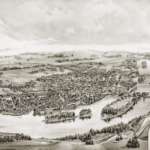
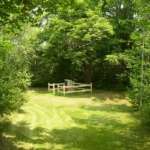
Leave a Reply
Want to join the discussion?Feel free to contribute!